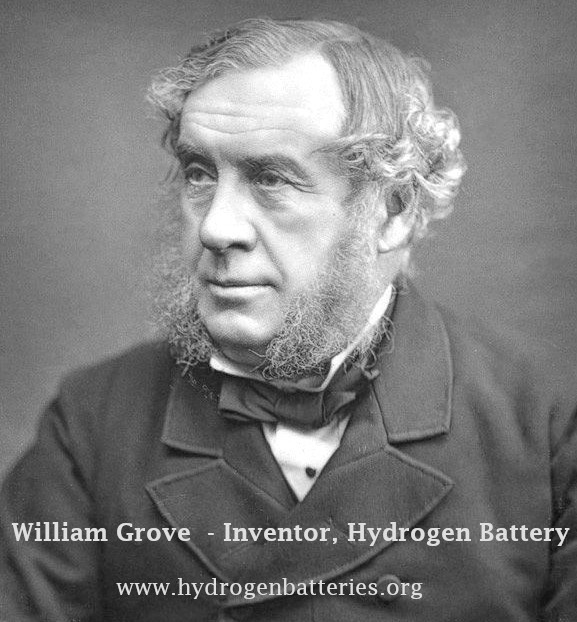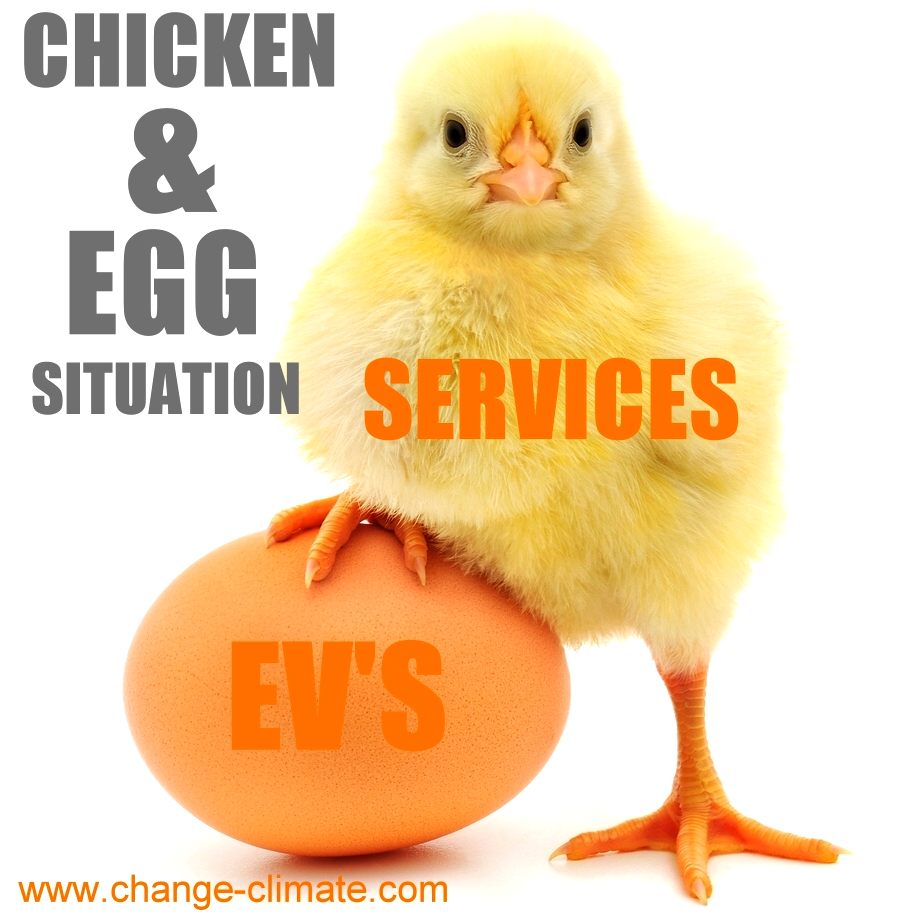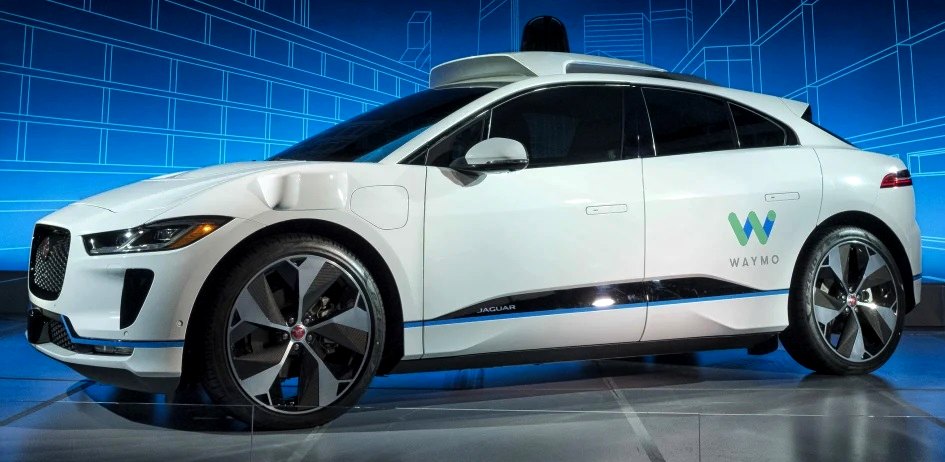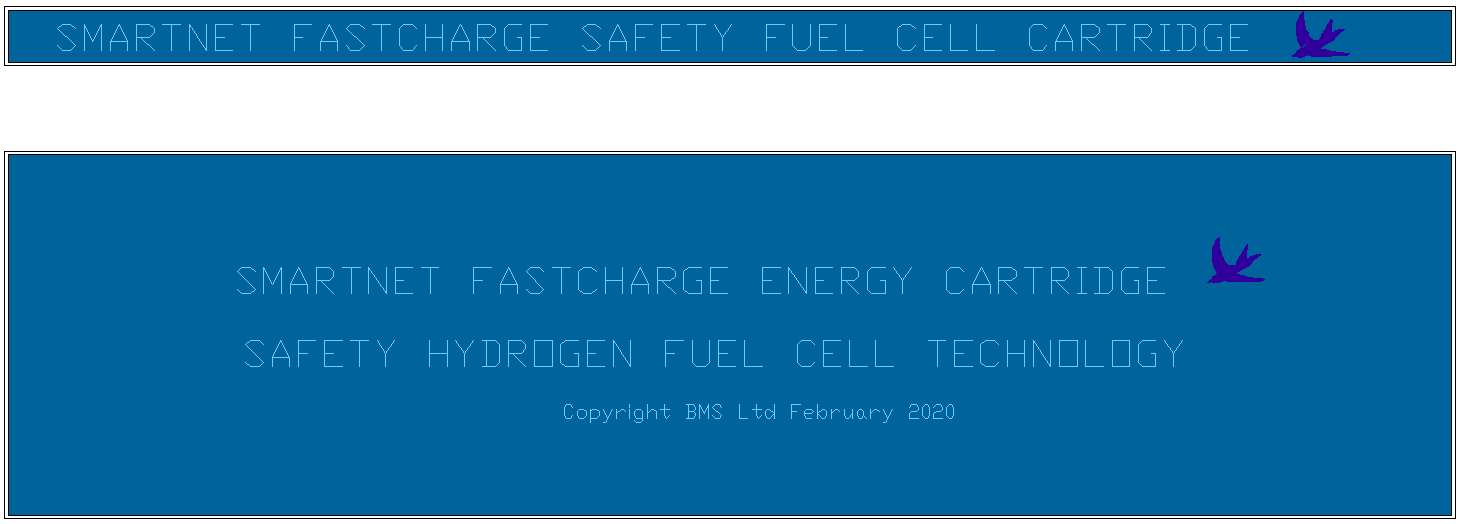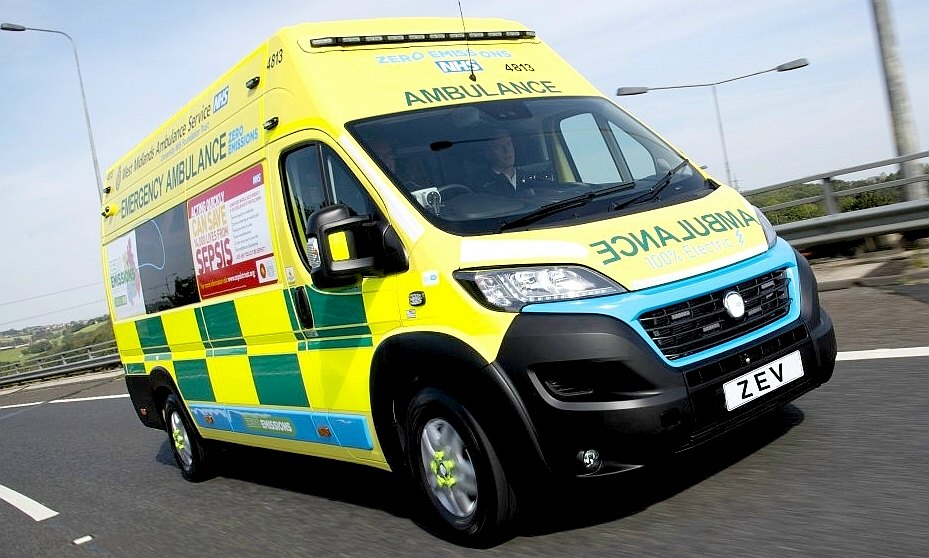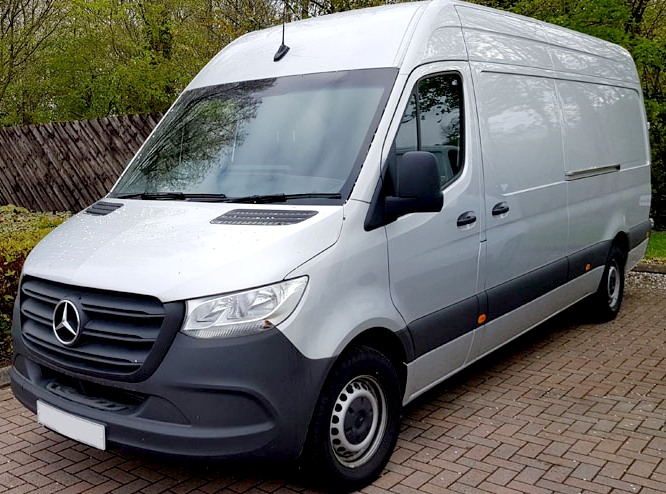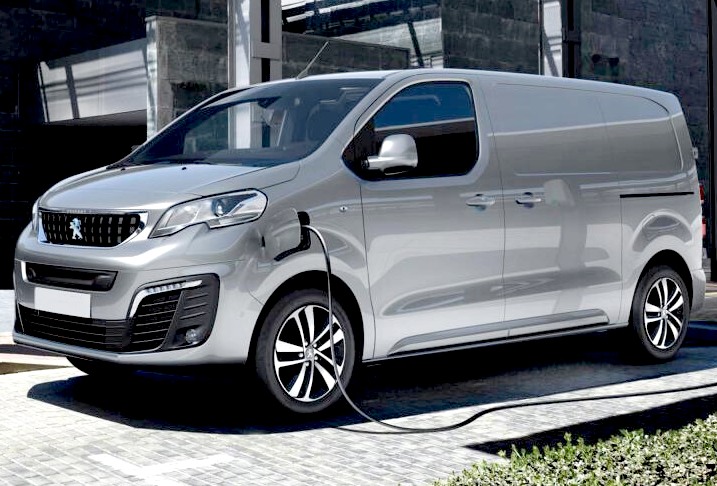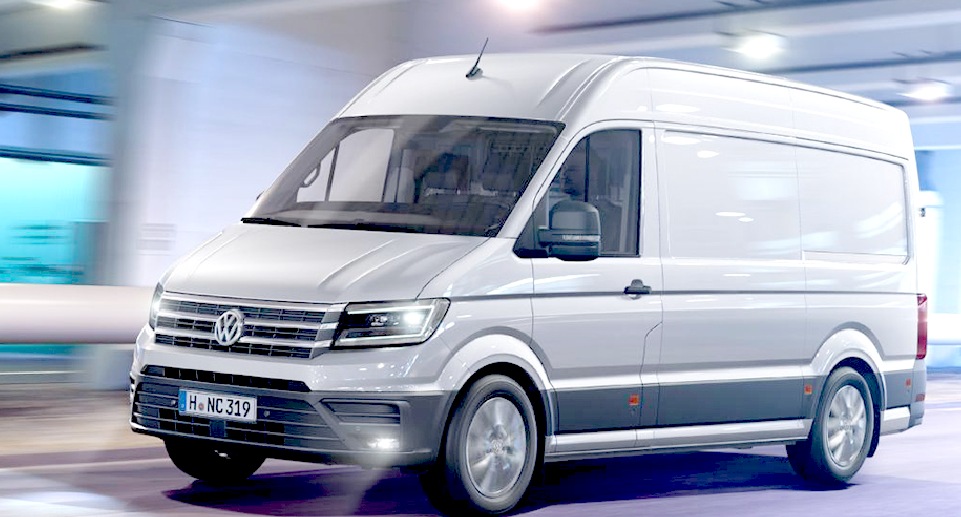|
WHAT IS A HYDROGEN BATTERY ?
Please use our A-Z INDEX to navigate this site where page links may lead to other sites, or see HOME
|
||
|
WILLIAM
GROVE - The gas battery was invented in 1842 by a young Welshman from the then town of Swansea, William Robert Grove. It was a revolutionary device because rather than using expensive chemicals to produce electricity like ordinary batteries, it used common gases – oxygen and hydrogen – instead.
WHAT IS IN A MODERN HYDROGEN BATTERY ?
Not completely unlike William Grove's hydrogen battery, a modern Hydrogen Battery is a fuel cell and hydrogen storage system that works in combination to form an energy pack, to equal a conventional battery. Hydrogen, includes compounds of the wonder molecule, such as ammonia, methanol and peroxide.
In theory, such combinations can be any size, so long as they are balanced and useful for their intended purpose. But with differing sizes in terms of physical dimensions, they are less useful if to be economically deployed. As standardized units, they become more useful. Easier to quantify in terms of capacity, and easier to handle.
The proposal is thus for a standard unit for automotive use, that by virtue of interchangeability and stack-ability, could be termed "Universal." In that such a device may be used by millions of existing vehicles, if retro-fitted. And also built into new designs, by way of future proofing the energy technology employed. Hedging your bets.
A Universal battery cartridge is designed to service any suitable electrically propelled vehicle, including buses, cars, vans, and long haul trucks, based on standard sizes of cartridges or packs. This is an option for vehicle OEMs, by way of fuel-future-proofing new EVs. The important element is compatibility of OEMs, many of which platforms could be retro-fitted to increase range, especially electrically propelled trucks.
That said, the other important thing about a 'Universal Hydrogen Battery' is that they might form the beating heart of SmartNet™ service stations. These versatile cartridges also store hydrogen molecules and release them as electricity on demand for load-leveling national grids. Thus obviating the need for yesteryear's gas holder storage silos for any hydrogen grid.
HENRIETTA - thinks she may have something to chirp about. She thinks she may have cracked the 'chicken and egg' conundrum as far EV infrastructure is concerned.
It is almost incidental, that they make convenient (bolt on) range extenders for commercial vans and trucks, especially the new breed of robotrucks and taxis, that will require automated energy vending - since they have no human drivers in fully unmanned mode.
The system provides massive energy storage potential for mismatched solar and wind generated (renewable) electricity in remote regions, for use in smarter cities and rural locations.
Say goodbye to V2G, that robs motorists of energy, from their onboard battery packs. Although, until we have SmartNet,™ Vehicle-To-Grid, is one way of tackling the problem. The utilities have cottoned to that.
LOWER COST VERSATILITY
When manufactured in large numbers, a Universal cartridge will be significantly cheaper to produce than hundreds of different systems from dozens of OESs.
The 'Standard' casing and working parts of the 'Hydrogen Battery,' (including connectors, etc.), is suitable to contain lithium cells as a conventional battery pack, being interchangeable to overcome the energy mix dilemma that many Governments are looking to solve.
The device enhances the current electrification chain, as an attractive option for OEMs that have not yet decided to enter the FCEV market, or cannot decide if BEV or FCEV is where they should invest their money, but with the proposed 'Standard' or 'Univeersal' cartridge casing, OEMs and OESs, do not have to bet on fuel cells or batteries (limiting their market appeal), because the energy storage medium may be either battery or hydrogen fuel cell, interchangeably - provided that their vehicle platform is compatible.
At the moment, each manufacturer has their own battery cartridge, that may not be interchanged with that of other manufactures.
AUTOMATED, SELF DRIVING VEHICLES & ROBOTAXIS
The 'Universal' cartridge system is capable of supplying energy to vehicles that drive themselves, most likely for taxis and private cars where the owners have surrendered their keys (being elderly or not holding a driving licence). Such automated, unmanned vehicles, may refuel themselves unaided, at Smartnet™ service facilities. Cars with ordinary nozzles for hydrogen and plug-in battery charging require human assistance. Not so with Smart service stations. The cartridge system is thus future proofing for when automated vehicles become commonplace.
CARTRIDGE EXCHANGE
Hydrogen cartridges can contain gas at 700 bar, or liquid hydrogen in combination with a matched bank of fuel cells. The gas version will give 270+ miles per exchange in a typical family car, like the Toyota Mirai. It is anticipated that a liquid hydrogen version will have a significantly longer range of around 470 miles. But is more suitable for trucks than cars, because of boil-off.
Methanol cartridges are also an attractive option, provided production is linked to carbon capture, for net zero sustainability. Ammonia too, has great potential, once the corrosive issues are resolved relating to fuel cell membranes.
The versatile safety cartridges are stackable for vans and trucks, offering 1,000 mile ranges on long haul vehicles using the high-pressure gas example and 1,750 mile ranges on liquid hydrogen, by way of fully developed examples. But, please note that these are only estimates until the concept is developed and proven.
ONE SIZE FITS ALL - Well, very nearly. As part of this project we need to define the physical dimensions of a standard pack, so that it can be stacked to provide electrical energy for all trucks, and around 90% of cars that at present use lithium battery packs.
Cartridge exchanges take just a couple of minutes at dedicated rapid, smart service stations. Spent cartridges are refilled automatically, cyclically, with hydrogen and stored until requested by other vehicles passing through the station forecourt.
The proposed system is compatible with Pay As You Drive (PAYD) technology. This makes the purchase price of an EV much lower than other systems. You pay for energy and cartridge depreciation at every fill up, regardless of using hydrogen fuel cell packs or lithium battery packs, because they are compatible with this versatile system. Again, PAYD is necessary for billing driverless vehicles.
VEHICLE SERVICING
Batteries and Fuel Cells do not last forever and sometimes get damaged or become faulty. With millions of vehicles using electrical storage for their increasingly powerful motors, there will be hundreds of thousands of EV breakdowns every year.
Vehicles using the standardized 'Universal' cartridge system, can be serviced at the roadside, by any equipped recovery service, such as the AA, Green Flag, and RAC - and be on their way again in minutes.
Vehicles with bolt in battery packs or fuel cells, will more than likely need to be towed to a dealer for repairs and servicing.
FIAT DUCATO EV CONVERSION - This battery electric has a range of 112 miles. With a hydrogen battery as a range extender, refuelling time can be cut from 4 hours plug in charging, to just a couple of minutes. In addition, the range will be roughly trebled.
PLUG IN CHARGERS - For a while plugging in to charge your EVs might be feasible, but as electrics become more popular, they will soak up energy from the grids that supply homes, offices and factories, putting an enormous strain on the present infrastructure. For some reason policy makers and vehicle OEMs don't appear to be able to see that far into the future. Our crystal ball makes that much plain, without any eye drops.
THE FLEET OPERATORS DILEMMA - In 2021 the transport sector still depends almost entirely on fossil fuels, and is responsible for over 20% of the world’s CO2 emissions. Yet, one kg of hydrogen replaces 10 liters of diesel/petrol giving a driving range of up to 130 km.
Please use our A-Z INDEX to navigate this site
This website is copyright © Climate Change Trust 2021. Solar Studios, BN271RF, United Kingdom.
|
